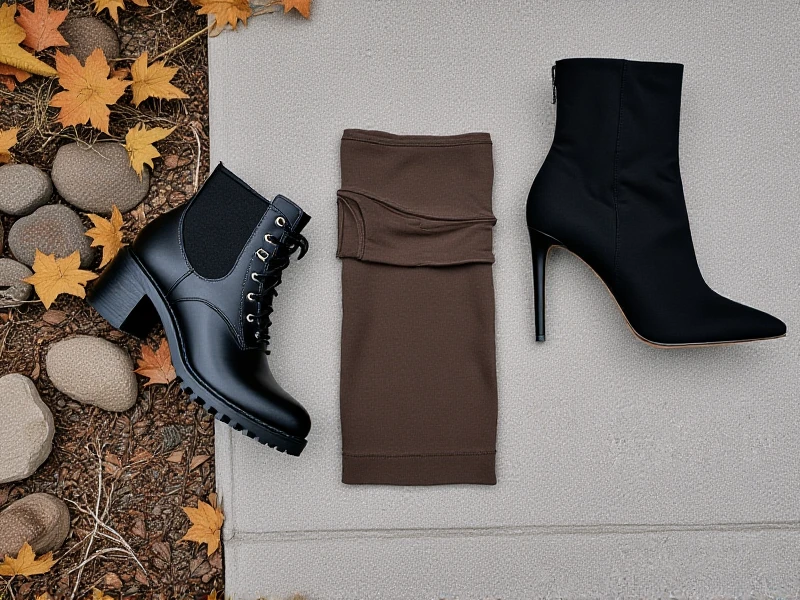
Find Your Perfect Pair: Choosing Hiking Boots for Every Trail Adventure
Every step taken into the wilderness demands reliable footwear. The right pair of Hiking Boots is not just an accessory; it's your foundation for comfort, safety, and enjoyment on any trail. With countless options available, selecting the ideal boots can feel overwhelming. Let's break down the key factors to consider for your next pair.
Your adventure's terrain dictates the boot type. For well-maintained trails and day hikes, lightweight hiking boots or even sturdy trail runners offer flexibility and speed. Venturing onto rugged paths, uneven surfaces, or carrying a heavier pack? Mid-cut boots provide crucial ankle support and stability. For demanding off-trail exploration, steep ascents/descents, or multi-day backpacking with significant weight, high-cut backpacking hiking boots offer maximum ankle protection, support, and durability under load.
Crucial features are non-negotiable. Traction is paramount. Look for aggressive, multi-directional lugs made of high-quality rubber (like Vibram™) that grips varied surfaces—rock, dirt, mud. Waterproofing, typically via membranes like Gore-Tex®, keeps feet dry from puddles and morning dew. For hot, dry climates, breathable, non-waterproof boots might be preferable. Adequate ankle support prevents rolls and twists, especially with uneven footing or a load. Cushioning and midsole stiffness impact comfort over long distances and under weight—stiffer midsoles are better for heavy loads but feel less flexible.
Fit reigns supreme. Always try hiking boots on with the socks you intend to wear. Your feet swell during activity, so ensure ample space (about a thumb's width) in the toe box. Heels should feel locked in place without slipping. Walk around, ideally on an incline, to test for pressure points. The right fit prevents debilitating blisters, a hiker's nemesis.
Consider materials. Full-grain leather offers exceptional durability and weather resistance but is heavier and requires breaking in. Split-grain leather combined with synthetic materials provides a good balance of weight, breathability, and water resistance, often breaking in faster. All-synthetic uppers are lightweight, dry quickly, and need minimal break-in but may compromise long-term durability.
Investing in quality hiking boots pays dividends. They protect your feet, enhance stability on tricky terrain, and allow you to focus solely on the breathtaking scenery around you. Don't let sore feet or a rolled ankle cut your adventure short. Take the time to research, prioritize fit above all, and choose the boot type engineered for your favourite trails. Your feet—and your journey—will thank you. Find your perfect fit and step confidently into your next outdoor experience.